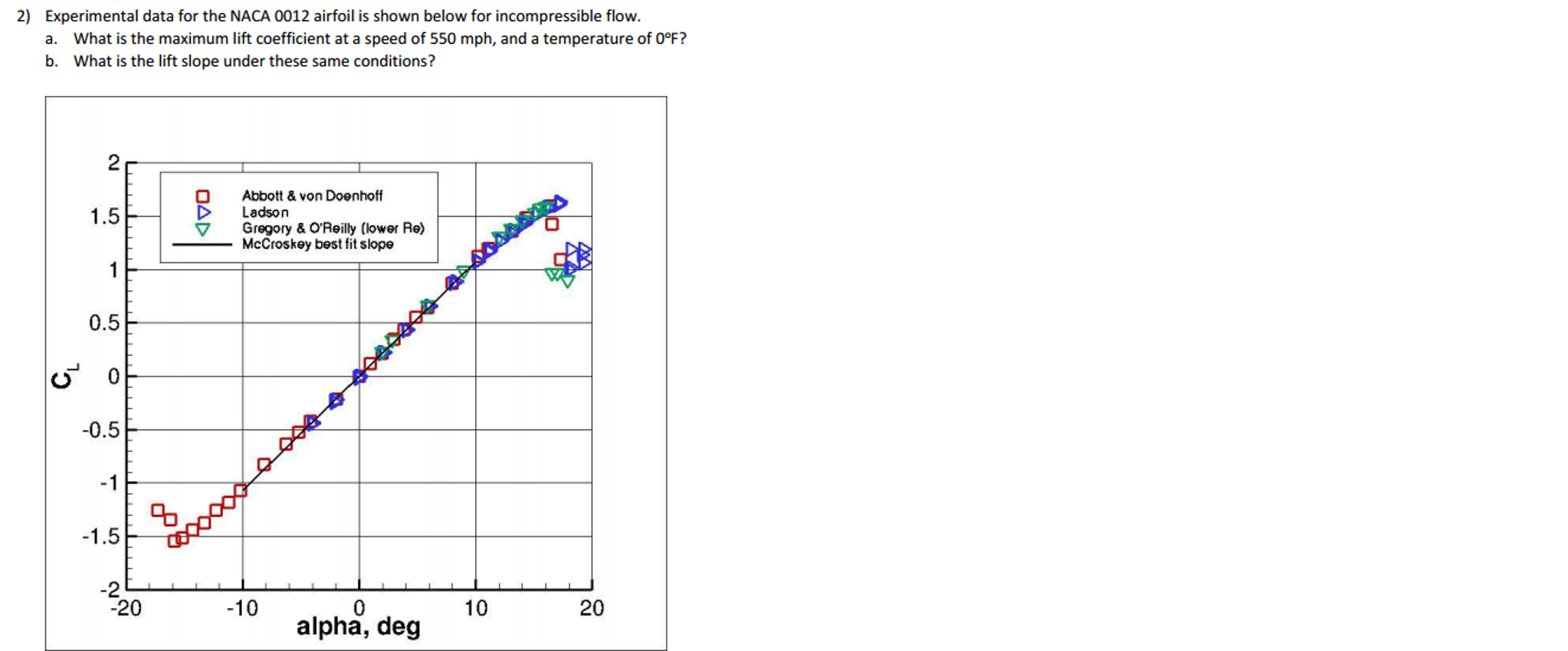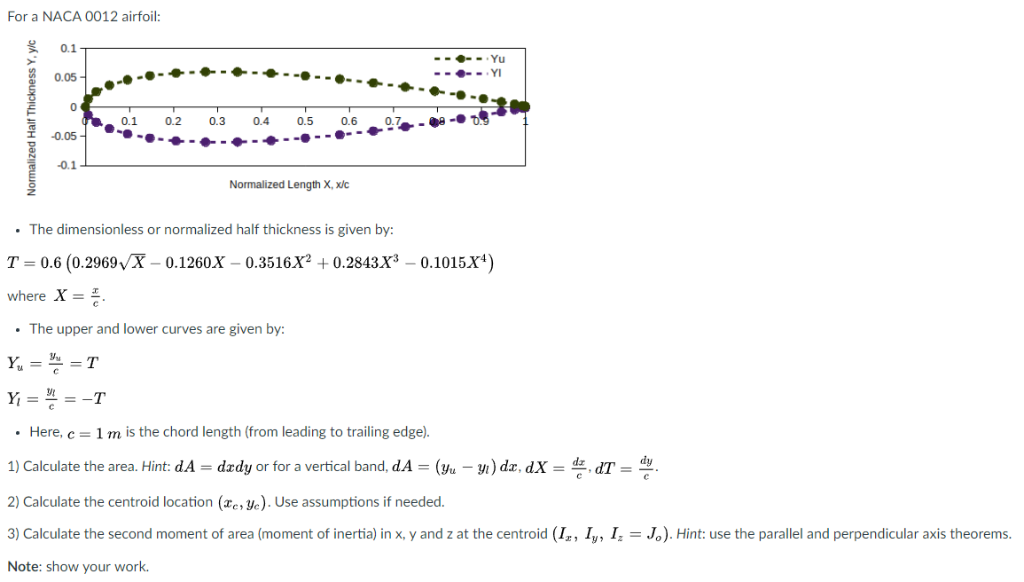

Notice the obvious features of the aerodynamic flows, namely the presence of stagnation point just below the leading edge. They present just the zoomed-in region in the vicinity of the airfoil. Results generated by the code for 5° angle of attack and Re = 160 000 are presented below. % Specify number of angles between the limiting values and their distributionĪOA = linspace(aoa_start, aoa_finish, steps) The second loop repeats procedure for the array of Reynolds numbers. Notice that due to the symmetry of the profile ew investigate only non-negative angles.

To calculate all the variations of flow past an airfoil MATLAB requires just two for loops: one of them changes angles of attack depending on our desired range and point distribution. The structure of the code is very simple. For both types of meshes the results are very close, hence we conclude that the basic resolution is sufficient and the results are mesh-independent. Additionally, basic input meshes are modified inside the script to apply elements of very low thickness in the boundary layer. Mesh is properly densed towards the airfoil. The second one is twice as dense with 9007 nodes and 18014 elements. The basic mesh comprises 4771 nodes and 9542 elements. It assumes constant turbulence intensity at the large distance from the airfoil whereas it can be computed in the boundary layer vicinity.Ĭalculations for two types of mesh have been compared. Turbulence in our problem is modeled with one-equation CITM (Constant Intensity Turbulence Model). Calculations are performed for Reynolds numbers 40 000, 80 000, 160 000 and 360 000 since we have a direct reference experimental results. Such flight regime can be considered relevant for drones, RC aircraft or birds. In nature we deal with plenty of cases when the flow corresponds to Re = 40000 – 400 000. The solver is Finite Element Method-based and steady. Simulations are carried out using our QuickerSim CFD Toolbox for MATLAB. In this example we will simulate the turbulent flow past the mentioned airfoil for the series of Reynolds numbers and several angles of attack.

We present you an example of flow past NACA0012 airfoil with experimental validation. Validation of NACA0012 airfoil for moderate values of Reynolds numbers


 0 kommentar(er)
0 kommentar(er)
